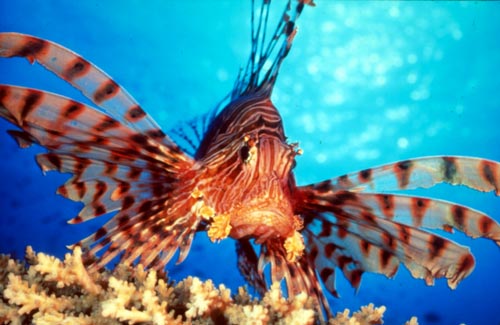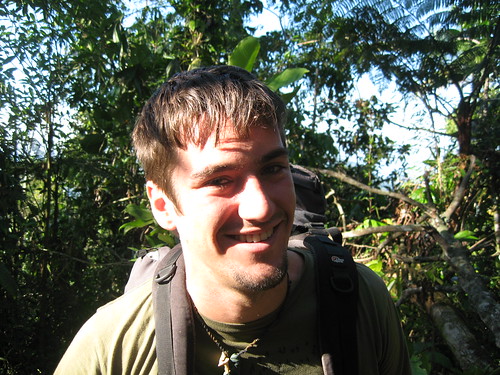"...it's not the years in your life that count.
It's the life in your years."-Abraham Lincoln

Abraham has good insight here, especially as it pertains to our courses. Yet, if he was about to send his son on a Costa Rica Outward Bound course, we could probably bet that he, too, would inevitably ask the question,
"How old are the other children on course with my son?"
First of all, it's important to note that most of our courses have age ranges:
Adult courses, 21+
Semester courses, 17+
Summer courses, 14+
Girl Scout courses, 13-15 and 15-18
Therefore, we obviously think that age is an important factor in both course purpose and group dynamics. The concern most parents have is sending their student on course with others much older than him/her. Other inquiring students don't want to be the oldest in his/her course.
Luckily the facets of Outward Bound courses allow for a broad range of age ranges to learn, enjoy, and be challenged equally.
Instructors talk to - and treat - all students the same way.
There's a chow circle* each night before dinner, and a nightly meeting** to end each day.
The students are accountable for one another.
A list of responsibilities rotate from student to student each day of course.
All of the equipment and activities are the same for every student.
Challenges remain the same, and age becomes neither an advantage or a disadvantage. All of these listed factors all "level the playing field," and help the group to bond. Most groups, regardless of age become their own little family almost immediately. In fact, we had a course once where the age range was greater than 40 years. In the end, it was the oldest (over 50) and the youngest (under 25) who bonded the most. In dealing with the same experiences and challenges, the common ground unites group members in a unique and unexplainable way.
Each student brings his or her own experience to the table. Some students will have a stronger background in the various outdoor activities on course, so they end up helping and encouraging the students who struggle. And more importantly, instructors have no tolerance for bullying, ridicule, or any maltreatment of other students. If any situation indicated that a student was singled out in a negative way, instructors address it immediately with the problem student(s) privately or at the nightly meeting**.
Donna, a 40-year-old 2007 Leadership student, took a course consisting of all 18-25-year-olds. Her attitude going into it was that she knew she had a lot to learn from the 'younger students.' "They keep me young," she says.
In the end, it all comes down to the student's mindset. Students can bring any level of energy, encouragement, positivity, motivation, maturity, or leadership they want. It becomes these qualities which differentiate the students from one another, not the year on their birth certificate.
Abe would be proud.
*a meeting before dinner when the students say something they appreciate that day and hear a quote from the daily group leader
**nightly meetings consist of an "open space" to discuss issues among the group or praises for individuals, a review of students' "highs" and "lows" of the day, a Spanish lesson, and a journal reading about the day's activities






















